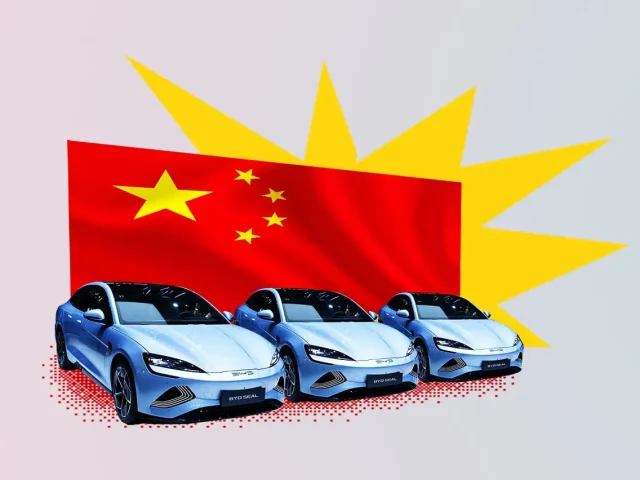
Mr. Kristiāns Podnieks has published a July 2024 report for the ECR Party entitled “Balancing Ambition and Reality”, where he examines challenges in the European Union’s so called Green Transition. Is Mrs. Von der Leyen’s Green Deal to achieve climate neutrality by 2050 feasible at all? And what are its present and future impacts?
We have already suffered some consequences. Energy prices soared well before the Russia-Ukraine war; the situation is even worse for Member States that do not wish to have nuclear power in their mix.
The second European Trading System (ETS2) to have companies pay for the fossil fuels they use will cost end drivers an extra 50 cents a litre from 2031. In the primary sector, the “Nature Restoration Law” seems to be destroying rather than restoring. No wonder than public support is much lower and varying than what the European Commission officials typically state. In particular, the “Fit for 55” future ban on new petrol and diesel cars is a very unpopular measure.
Against this scenario, the defenders of the Green Transition highlight the positive side of the strategy: a supposed boost to clean industry technologies, labelled “Net-Zero” (solar, wind, battery/storage, heat pumps, electrolysers, biogas/biomethane, carbon capture and storage, and grid technologies). However, seven Member States have opposed further EU funds to finance them. Furthermore, this technologically non-neutral strategy reminds us of the failed Soviet planning economy, as opposed to a more free market based approach having creativity and efficiency at its centre.
On the other hand, net-zero technologies highly depend on critical components, such as batteries, and raw materials, both of them mainly coming from China. The Critical Raw Materials Act limits annual strategic raw materials purchase per country to a maximum of 65%; but again, this limiting policy lacks a corresponding positive side, such as incentives for domestic mining and production.
The Podnieks-ECR Party report includes a case study of the Green Deal impact on the EU automotive sector. Fortunately, the “Fit for 55” ban on combustion vehicles includes a 2026 review clause in favour of the Parliament. Italian Prime Minister Giorgia Meloni considers this methodology “an ideological folly, which absolutely must be corrected”.
It would make more sense to focus on older vehicles, which account for higher emissions. With newer combustion engines, emissions are falling every year dramatically. Why then ban them? On top of that, electric vehicles are expensive or even unaffordable for a large part of the consumer market, so drivers tend to keep their older automobiles, thus increasing emissions. Precisely the contrary of what the Commission aims at.
Moreover, despite advancements in battery technology, there is a wide belief that future models will be superior, which further deters current purchases. In May 2023, electric sales accounted for 13.8% of the market, while the figure fell to 12.5% one year later.
Chinese electric vehicles are cheaper due to Government funding; in the short term, this is favourable for consumers, but in order to tackle disloyal competition, the European Commission might increase its 10% tariff, hence reducing the advantage for Union end buyers.
An additional obstacle for electric vehicle purchasers is the low availability of charging points. Even the forecasts of the European Commission seem to lack ambition in comparison to what potential demand requires. Worse than that, over 60% of the EU’s charging points are concentrated in just three Member States (the Netherlands with 23%, and Germany and France with 19% each); which shows not only a socio-economic divide in Mrs. Von der Leyen’s plan, but also a territorial divide.
Finally, private funding will only be available if development projects assure security of investment, a significant question mark for the challenging Green Deal venture.
Source of image: Business Insider



 Subscribe
Subscribe